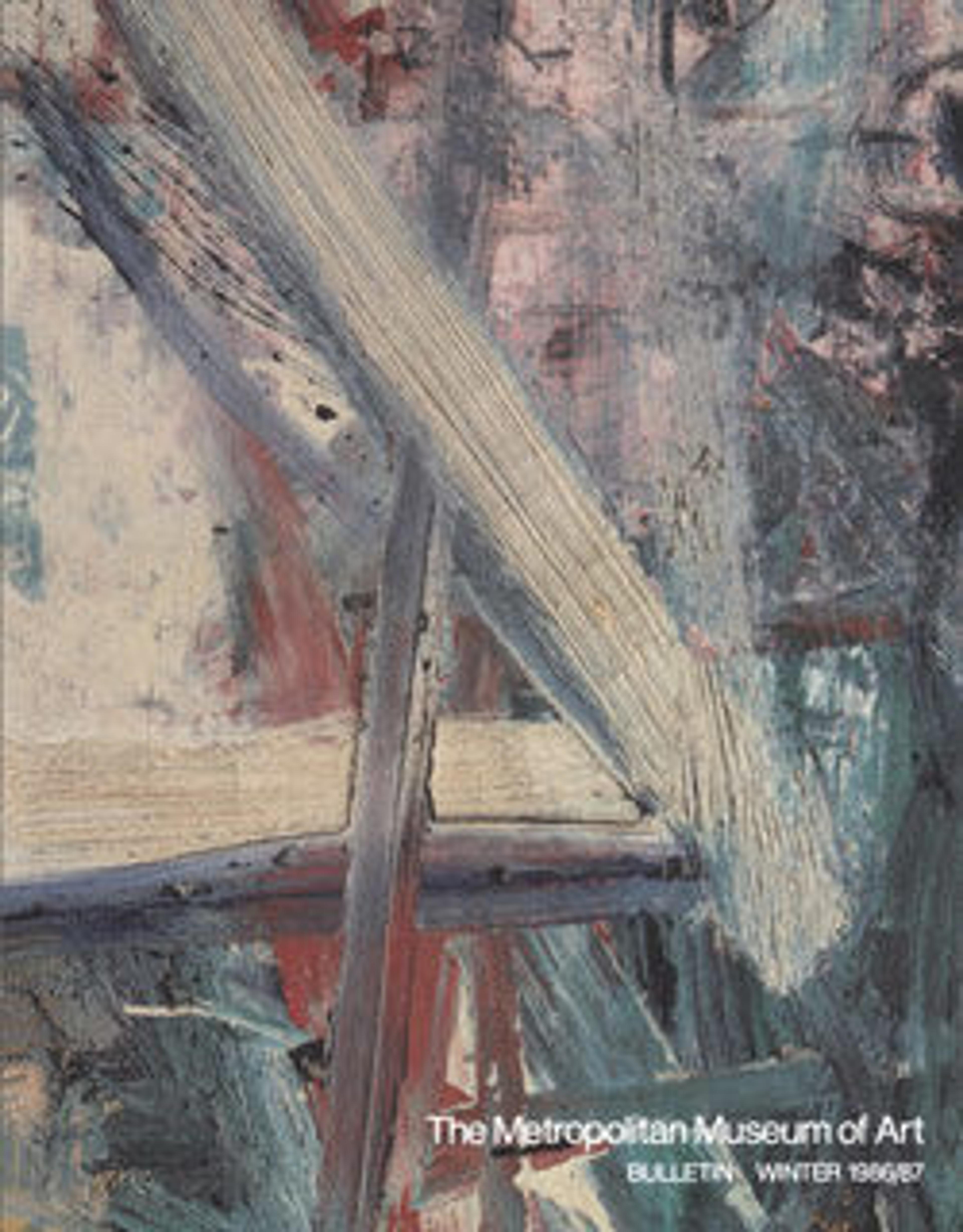T
T is an example of Gottlieb’s "pictographs," a group of works inspired by the artist’s desire to level cultural distinctions and aesthetic hierarchies. To create these experimental compositions, he filled the compartments of irregular grids with imagined forms, marks, and abstracted images born of a synthesis of cultural material, including European modernism, Native American pottery, African sculpture, Oceanic carvings, Jungian theory, and the writings of Irish author James Joyce. Through complex, textured canvases that draw on past depictions of human suffering and perseverance, Gottlieb sought to exorcise the anxieties brought about by the horrors of World War II. As he wrote in 1947, "Today when our aspirations have been reduced to a desperate attempt to escape from evil, and times are out of joint. . . . So-called abstraction is not abstraction at all. On the contrary, it is the realism of our times."
Artwork Details
- Title:T
- Artist:Adolph Gottlieb (American, New York 1903–1974 New York)
- Date:1950
- Medium:Oil on canvas
- Dimensions:48 × 36 in. (121.9 × 91.4 cm)
- Classification:Paintings
- Credit Line:Purchase, Mr. and Mrs. David M. Solinger Gift, 1952
- Object Number:52.213
- Curatorial Department: Modern and Contemporary Art
More Artwork
Research Resources
The Met provides unparalleled resources for research and welcomes an international community of students and scholars. The Met's Open Access API is where creators and researchers can connect to the The Met collection. Open Access data and public domain images are available for unrestricted commercial and noncommercial use without permission or fee.
To request images under copyright and other restrictions, please use this Image Request form.
Feedback
We continue to research and examine historical and cultural context for objects in The Met collection. If you have comments or questions about this object record, please contact us using the form below. The Museum looks forward to receiving your comments.
